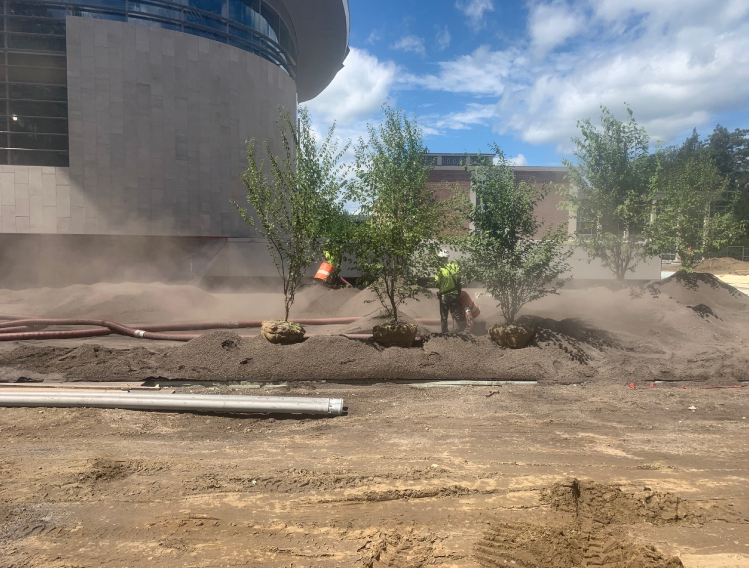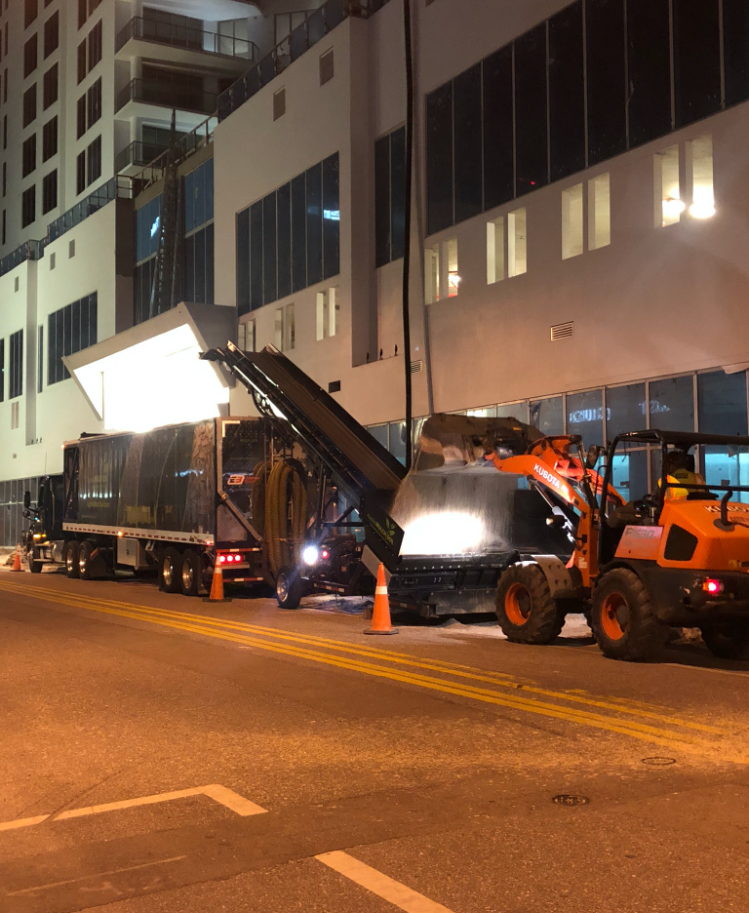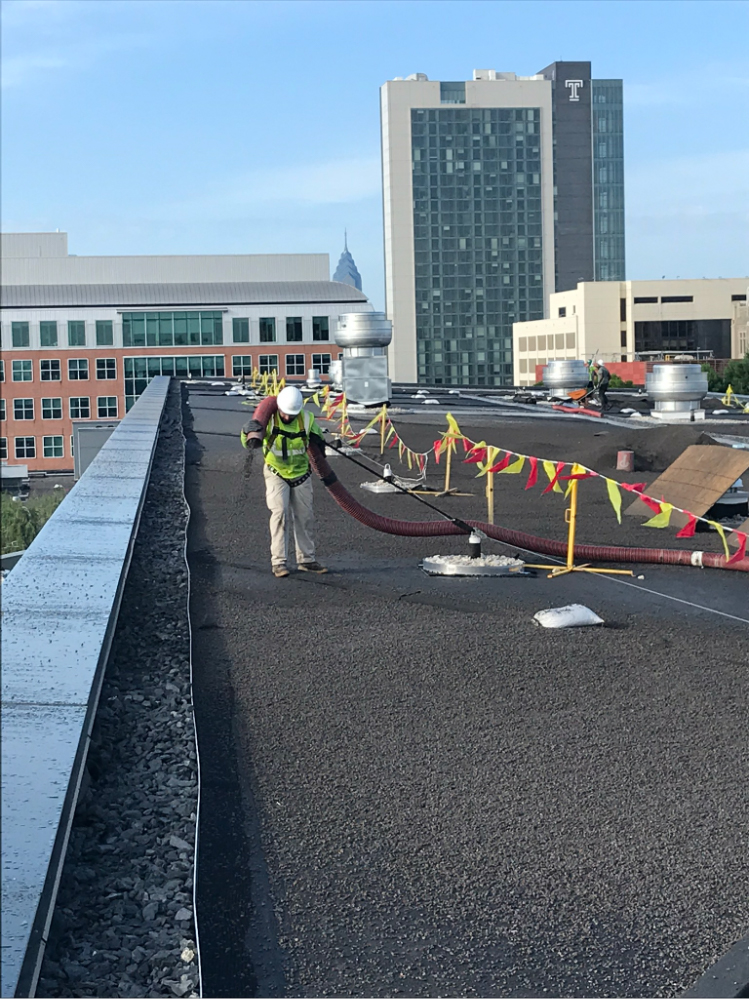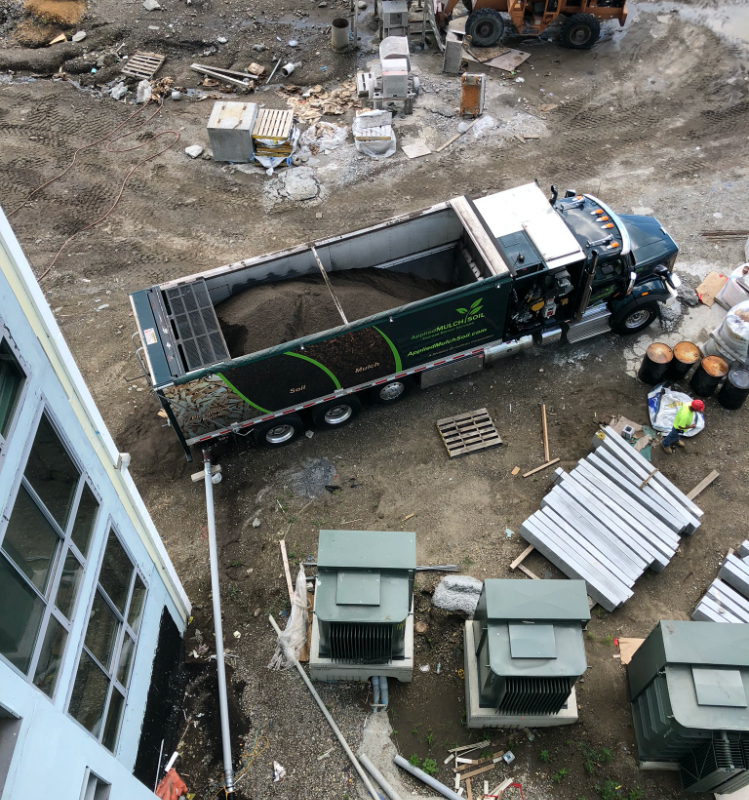Green Roof Benefits
Purify the air, save energy, and encourage biodiversity
It is becoming increasingly important to maintain environmental quality as our population grows and we continue to develop on the land we live off of. As urban development increases, green space decreases and in those areas we can run into a variety of environmentally damaging effects. Green roofs are becoming a popular solution to these issues and have been found to not only positively affect the environment but also provide economic and social benefits as well.
Roofs are traditionally used as a covering to protect the interior of a building and have been inadequately, underused or even wasted space in urban development. By applying green roof systems to these spaces we can help to climate-proof our urban landscapes, purify the air, save energy and encourage biodiversity throughout our cities and surrounding areas.

Request A Quote
Expand Your Business & Your Profits
There are many benefits we can receive from the various green roofing systems. Here we explain some of these benefits in more detail:
Building Owner
- Expanded Roof Life (2 to 3 times) – A traditional roof is exposed to the sun and other elements causing large temperature variations that result in the constant contraction and expansion of the roof membrane. Over time this can cause the membrane to deteriorate and become very costly to fix. Rooftop vegetation protects roofs from exposure to the elements drastically decreasing temperature variation and rate of roof deterioration.
- Reduced Heating and Cooling Costs – As the temperature on the roof is decreased so is the temperature in the interior of the building, reducing cooling costs. During the winter the vegetation acts as an insulation layer helping to retain heat normally lost from the roof, decreasing heating costs.
- Incentives from Government and Municipalities – As efforts to improve our environment across the country increase and our local and state governments become more active in these endeavors there will likely be more monetary incentives for installing a green roof on a building.
- Improved Public Relations – Aesthetics are one thing but new social and recreational areas are created from green roofs which can lead to the improved well-being of the people living or working in the building.
- Positive Use of Previously Wasted Space – Whether used as a social area, a way to improve upon energy use previously unused space now has purpose and increases property value.

Community
- Reduced stormwater runoff – Green roof growing media and the vegetation growing on the roof retain rainwater allowing for some of it to be evaporated back into the atmosphere. The water that does runoff is decreased and delayed allowing for less stress on sewers and stormwater infrastructure.
- Reduced “heat island” effect in cities – As more sunlight is absorbed and less reflected, the amount of radiant heat being produced as a direct result of a building roof is decreased. Reducing the temperatures surrounding the building and overall temperature of the city.
- Reduce smog levels and improve air quality – Plant leaves trap dust particles from the air and through the reduction in city heat and ground level ozone less smog is created, making the air quality better for all of us.
- Noise reduction – The layers of green roof growing media and vegetation create a sound insulation barrier reducing noise pollution from machinery, traffic and airplanes.
- Reduced demand for energy – The potential to decrease energy needs by reducing the urban heat island profile.
- Aesthetic improvements – Buildings adjacent to those with green roofs benefit from improved aesthetics in their viewable landscape.
- Increased green space in urban areas – Social and recreational space increases and the potential to improve urban food security through food production and rooftop gardening.

Environmental
- Prevents combined sewer overflow – Combined sewer systems collect rain water runoff, domestic sewage and industrial waste water in the same drainage pipe to send the water to a treatment plant to then be discharged in a body of water. Green roofs can help to relieve the stress placed on these systems during times of heavy rainfall preventing sewer overflow.
- Reduces carbon monoxide impact – The more plants we have in large urban areas the more of the harmful greenhouse gas carbon dioxide is removed from the air while oxygen is produced.
- Removes the amount of nitrogen pollution from rain water – As green roofs collect rainwater the water is filtered through the layers of sediment and soil reducing the amount of pollutants in stormwater runoff.
- Mitigate acid rain effect – When the growth media of a green roof is basic, pH in the precipitation is increased neutralizing the effects of acid rain.
- Provides additional habitats for wildlife – Diverse sedums, herbs, grasses and plants included in green roofs promote wildlife biodiversity in urban areas.
